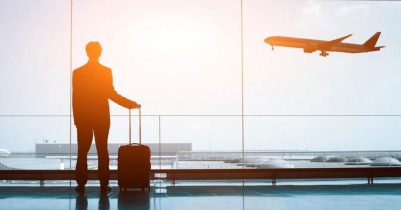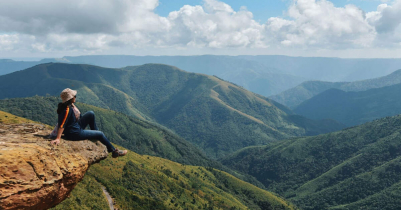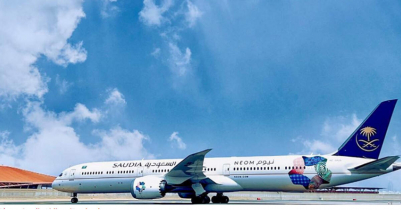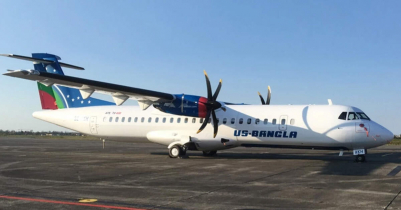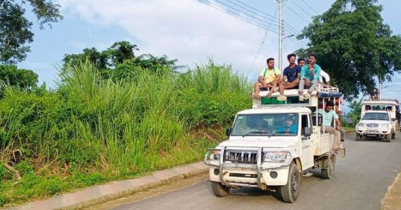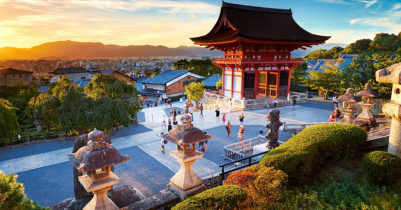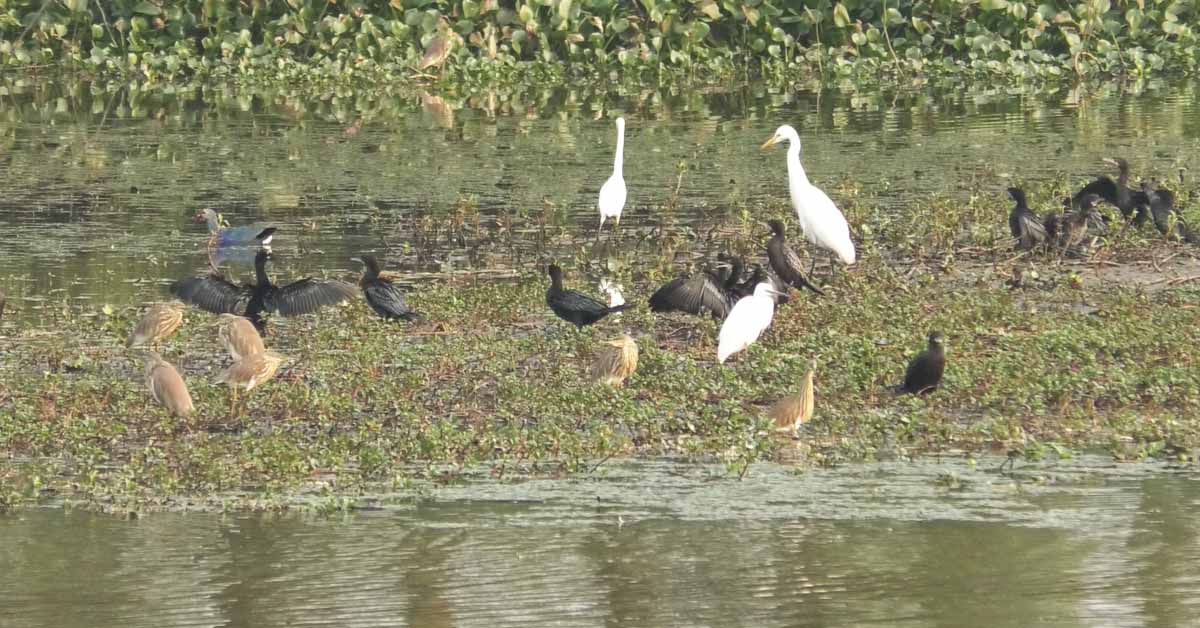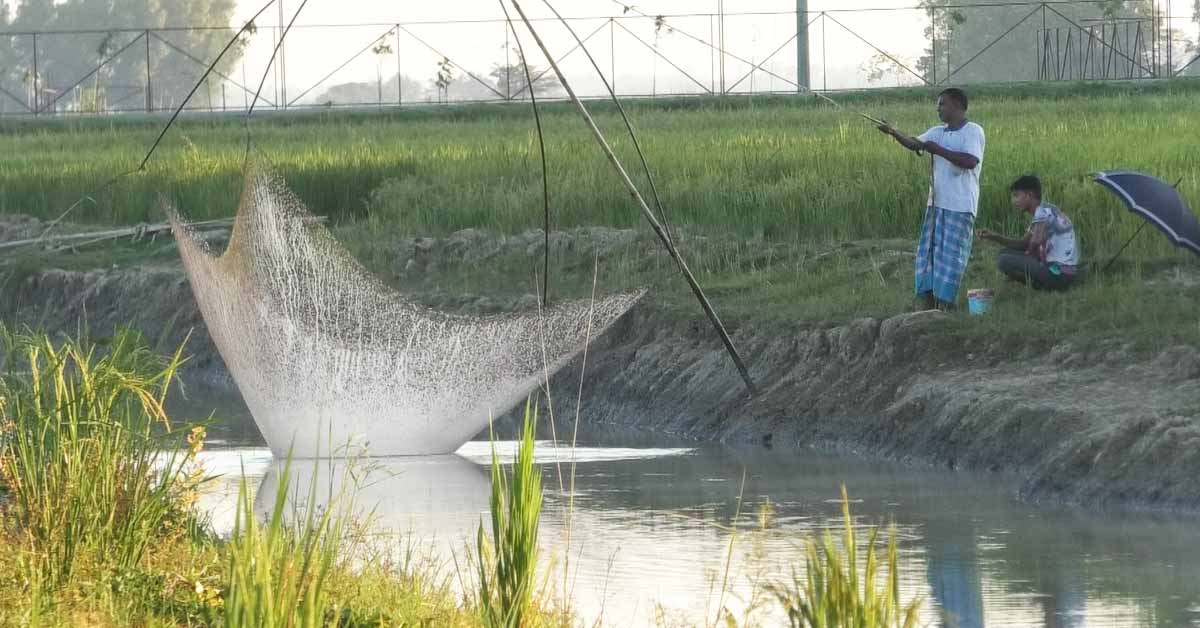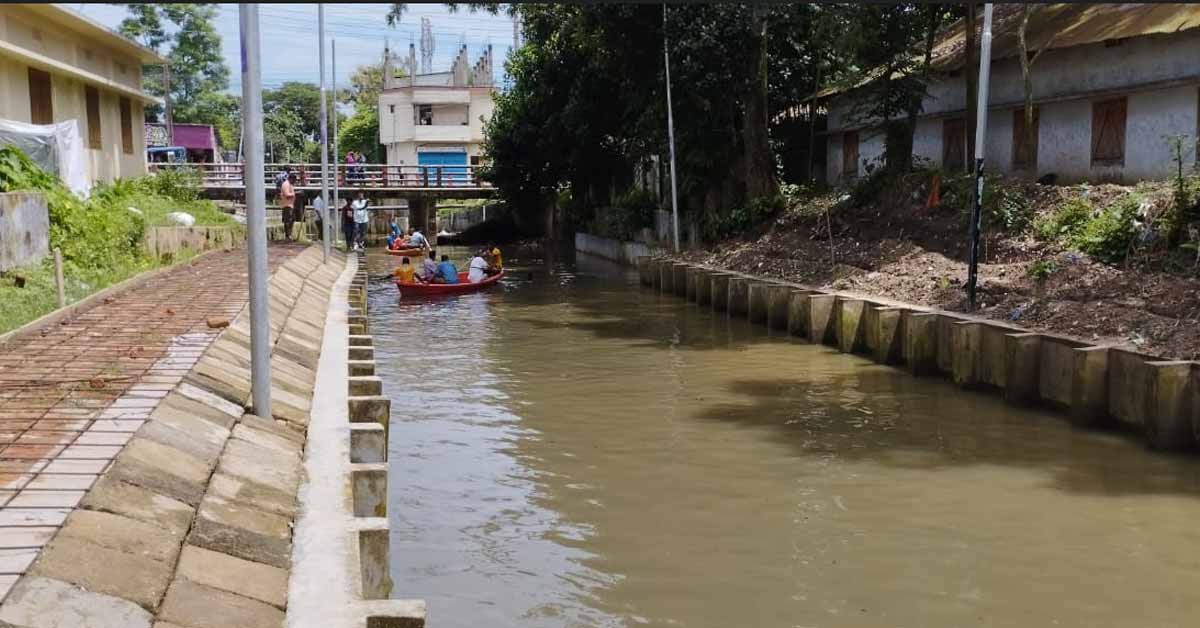Tareq Onu
Tasmania: A world of breathtaking beauty and rare animals
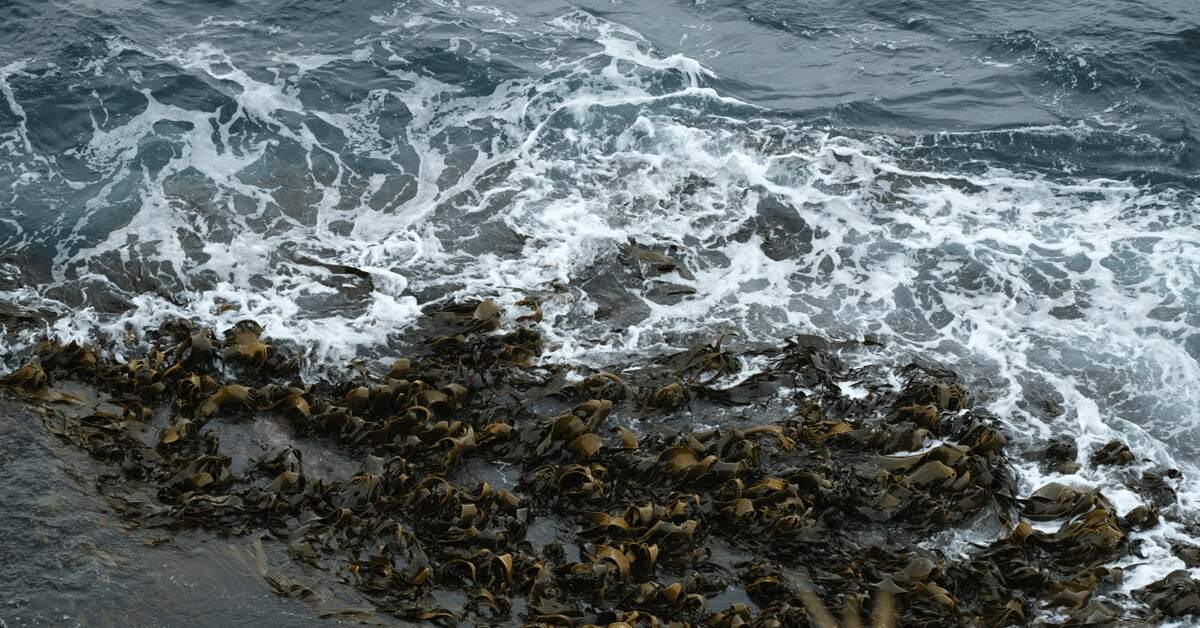
The beautiful island is known for having endemic birds, a unique flora and fauna, and one of the last great wildernesses on earth. It was also home to the Tasmanian tiger, an animal unfortunately wiped out by European settlers
As famous as Tasmania is, very little is actually known about it. It is quite isolated from the rest of the world, and also quite far from mainland Australia. Just last month, we took a trip to Australia and included Tasmania in our itinerary. Our seven-day trip to this island was absolutely spellbinding.
Tasmania is a touristic island and its economy mainly depends on it. The Tasmanian Wilderness World Heritage Area is one of the last great wildernesses on earth.
Most people reach the island by flight to Hobart, the island capital situated at the south. However, we were in the mood for a proper adventure so we took the ferry from Geelong Port near Melbourne to Davenport, the third largest city in the island.
The 500-kilometre Tasman Sea voyage took almost 10 hours to complete. But the ferry was very comfortable and had all the facilities that tourists need.
As soon as we reached, we directly went to the world famous Cradle Mountain- Lake St Clair National Park, which is particularly known for a breathtaking landscape and unique flora and fauna.
Australia has almost 400 endemic birds and Tasmania has 12. These are not found anywhere else in the world. More interestingly, Tasmania has a sub-species of the primitive marsupial named echidna (also known as the spiny ant-eater, which resembles porcupines), which is a monotreme, the rarest of the mammals which lay eggs (the only other monotreme is the duck-billed platypus). These are shy and hard to spot.
We were very lucky to spot one echidna here. It was crossing the road and when it found out that humans were watching it, it started to dig the soil to hide in it. It was an amazing experience to see this animal in the wild. This island sub-species had more hairs than thorns compared to its mainland relatives.
Another miracle happened that day in a roadside billabong (Australian word for water holes or ponds). We spotted something moving and went to check it out. We thought it would be a big fish or the Australian water rat, but were speechless to see a pair of platypus! It was unbelievable, as most Australians do not get to see a platypus in the wild during their lifetime.
Our next spot was Strahan, mainly known for the Gordon River cruise, to see the old prison and other constructions used by convicts from the United Kingdom. According to history, the British once sent many convicts to this land as they wanted to prepare it for future colonisation. These convicts abused and killed the local Aboriginals, those who had been living here for hundreds of years.
From Strahan we drove to Hobart, the capital of Tasmania. Once, there were less than 50 Bangladeshis living there. But now, the number has increased to 3,000 due to recent changes in immigration policy.
There is even a Bangla school for Bangla-speaking children. The school's principal Sabrina guided us while we visited Mount Wellington by car. You can enjoy a scenic view of the city from this mountain top.
The museum in Hobart has a rich collection. There is a big room only for the extinct thylacine, also known as the Tasmanian tiger. This marsupial was unfortunately wiped out by European settlers and now only remains as a mythical creature.
The botanical garden in Tasmania is also a wonderful place. Here you will see the Huon pine, Australia's oldest tree.
After hanging around in Hobart Port for two days, we went to Port Arthur, another place infamous for its history of prisoners and convicts. Nonetheless, it is a world heritage site.
We enjoyed the nearby national parks, the remarkable Tasman Arch and a secret cave by the green Tasman Sea. But the tessellated pavement was the most wonderful thing, as this 160 million year old sea bed had transformed in such a way that it looked like manmade pavements in modern day cities.
The next day, we went to Bruny Island by ferry. It is certainly one of the most beautiful places in Australia where we saw the kangaroos, wallabies and even a brush-tailed possum and an endemic flightless bird, the Tasmanian native hen.
On our way back from the island, we saw two 300 year old Eucalyptus trees which had historical connections with Captain William Bligh and the Mutiny on the Bounty. We also saw a few common dolphins from the ferry.
We also went to Coles Bay and witnessed the Bay of Fires. This bay has large red boulders and the colour comes from a particular type of algae. After camping near Binalong Bay for a night, we visited some beautiful lagoons and the Little Blue Lake. The name comes from the water's bright blue colour. This lake is also a local swimming hole and a cave diving site.
Our next destinations included George Town, the second oldest settlement in this island and the third oldest in Australia, Bicheno Blowhole (the granites on the bay have small holes which emit jets of water), and Launceston, the second most populous town in Tasmania. An overnight ferry ride then brought us back to Melbourne.
How to go
Flights from Dhaka to Sydney or Melbourne
- Malaysia Airlines
- AirAsia
- Qatar Airways
Ticket price (round-trip): Tk95,000 to Tk3,00,000 (approx)
From Sydney or Melbourne, you can take direct flights or ferry to Hobart or Launceston, two of the major cities in Tasmania.
Where to stay
There are plenty of hotels, resorts and lodges. You can also choose AirBnB.
- Tullah Lakeside Lodge
- Scamander Beach Resort
- Woodbridge Hill Hideway
Room rate (per night): Tk8,000 to Tk60,000 (approx)
Transport
You can hire a car after reaching the island but you have to book beforehand.
Feature courtesy : tbsnews
Read More
- The heavenly beauty of Bandarban
- Bandarban tour with my mother on Eid vacation
- 4 places to visit in Tangail
- Tanguar Haor : striking beauty of water and hills
- Maldives tops the list of honeymoon destinations
- You can visit 135 countries in one ship, know the cost
- Explore Maldives with US-Bangla at low cost
- These five countries have no any airport!
- Trekking in the Himalayas is not permitted without a guide
- Nepali climber makes record 27th Everest summit




